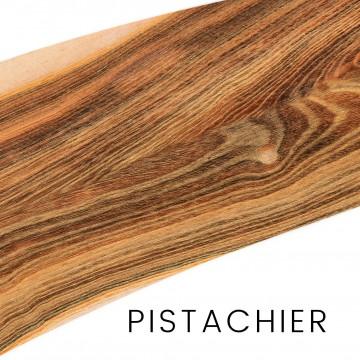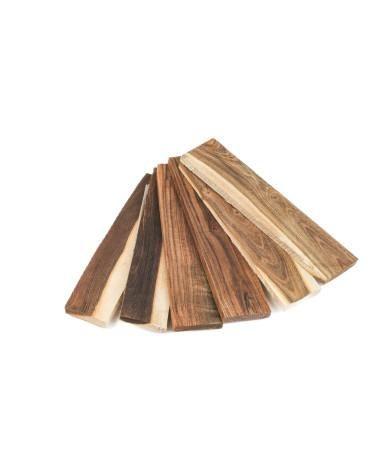Pistachio Wood Handle - Elegance and Strength for Exquisite Creations
Stock : 29
-
Dim :
125306 mm
Natural and Unique Beauty : The distinctive grain of the pistachio offers a natural and elegant aesthetic, ideal for high-end knife sleeves....
€17.00


